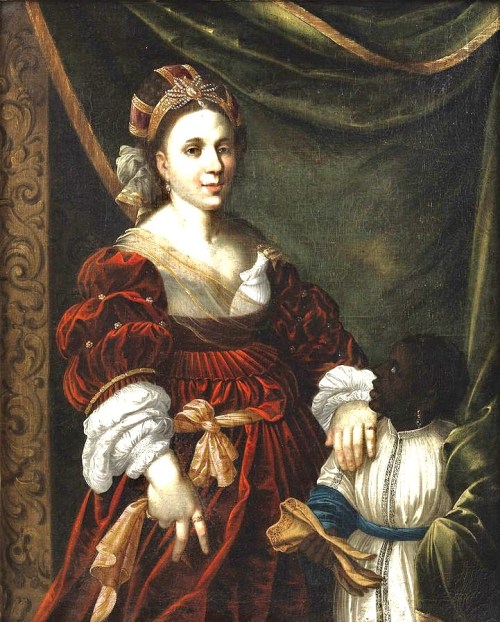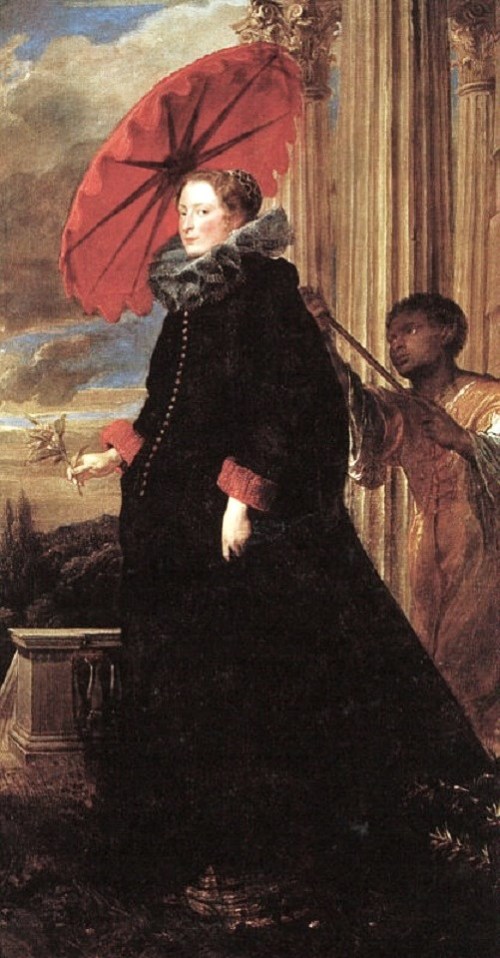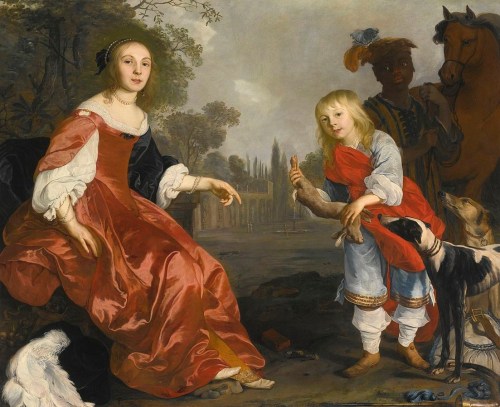That the United States has a long – and sometimes ignored – history of Black slavery is not news. But, what’s often not discussed – at least here in the U.S. – is the fact Europeans also maintained an African slave culture. To be fair, European countries began outlawing slavery long before the U.S. Yet, as intriguing and painful as the slavery issue may be, I find it even more fascinating that African slaves actually appeared in some Renaissance-era art.
The period known simply as the Renaissance in Europe began after the “Middle Ages,” which was the time extending roughly from the 5th century A.D. – or the collapse of the Roman Empire – to the 14th century. The Middle Ages are also often dubbed the “Dark Ages,” a term that may be more appropriate considering that the Renaissance saw an overall revival in the learnings of ancient Greece and Rome; development of new technologies, such as the printing press; increased political stability; overseas exploration; and, of course, the evolution of various art forms.
It makes sense, though, that part of the ongoing revival was realizing that Africans were humans, too. Therefore, the placement of Blacks in paintings – even if they were slaves or servants – is somewhat appropriate. While the following examples may be unsettling to many people, one has to view them within the context of their respective time frames. The bright colors and stoic poses of these delineations can’t and won’t eliminate the brutal legacy of African slavery in either Europe or the U.S. But, just like the clothing worn by the subjects, we can never look like that again.
Thank you to blogger Barbara Wells Sarudy for highlighting these artworks.
For related reading material, please consider the following:
Allison Blakely, “Blacks in the Dutch World: The Evolution of Racial Imagery in a Modern Society,” Indiana University Press, 1993.
Simon Gikandi, “Slavery and the Culture of Taste,” Princeton University Press, 2011.
Kim Hall, “Things of Darkness: Economies of Race and Gender in Early Modern England,” Cornell University Press, 1995.












